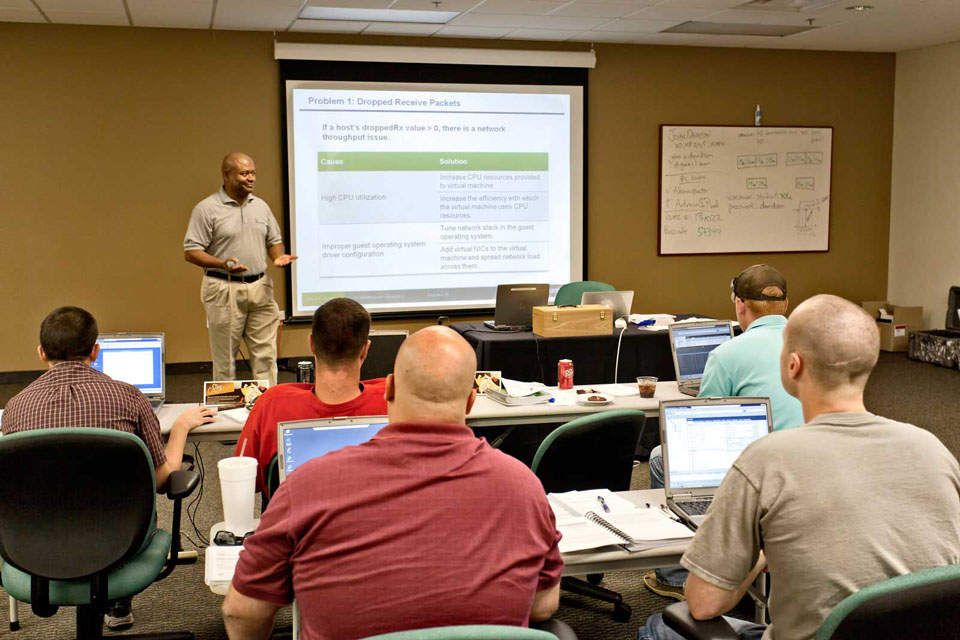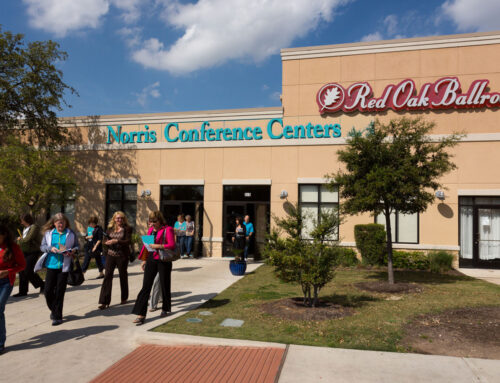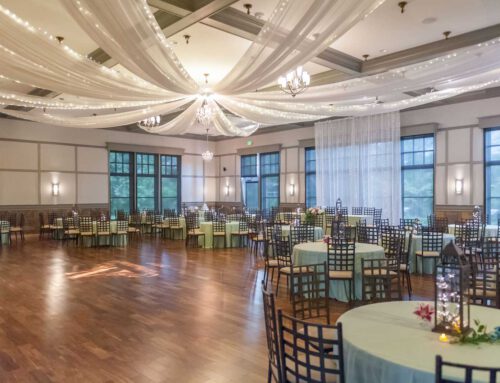Most meetings, seminars, expos and even social events have some degree of Audio/Visual (A/V) needs. This article discusses A/V basics, and what you need to know to ask the right questions of your off-site venue for a smooth presentation experience. We’ll break the A/V information down into it’s two components and discuss the basics of each. Also, we’ll provide helpful tips for those with less experience. And be sure to check out our Equipment Checklist, which can be found on our How to Successfully Plan an Event page. It lists everything you’ll need. So let’s get started!
A/V Basics – Visual
Wait, why did’t you start with Audio since it is the first part of A/V? True, but the first thing people and presenters do upon arrival is plug in their laptop. Making sure your image is projected on screen is the most critical part of your A/V setup. Once you see your desktop on the screen (or multiple screens) anxiety will begin to drop immediately. Now let’s go over how to get there.
Will you be using an in-house service of the venue or do they contract this out? You will need to know this if you run into any problems or forget to bring something, such as a connector cable or power supply. You will want to know who your contact is and if they add extra fees for this service. Some venues won’t even allow you to plug in your own power strip, because they have contracted the entire service out. Venues providing their own in-house service (like Norris Centers) are usually more flexible and will help out, often without additional charge. Knowing your contact will help you be better prepared.
Does the room have the projectors and screens built in? This can be important if you have a large group in a small room. Placing the projector on a table in front of the screen can take up to 20 feet of your room, so you will need to include this in your room plan. Cables – always the most important questions for a smooth event. What connection(s) do you have on your laptop and do they match what the facility uses? Do they use or have an adapter that will work?
Does the facility provide the cable)s) or do you need to bring your own? VGA has been the standard projector connection for years. Now most laptops have moved to a HDMI video port. The reason for this is to support the higher image resolutions laptops can produce. Higher resolution means smoother, sharper and more colorful images, but only if the projector is capable. Most venues will be updating their connections to include a HDMI port, but you will need to ask.
A/V Basics – Audio
The audio portion can be simple or complex, depending on your needs. A simple setup is audio from your laptop and a wireless microphone. Complex would be a board meeting requiring multiple microphones, optional recording capability and a sound board with an engineer/tech. To make complex audio setups easier to grasp, try breaking them down into their individual. Think about what you need and want to accomplish. Then discuss it with your facility contact. If it is beyond their capability, they may suggest an A/V company specializing in exactly your needs. There is no shame in bringing in the professionals. Your ultimate goal is for the event to go smoothly and as planned.
Microphones come in wireless and wired versions for different purposes. Presenters who need or want to move around during their presentation use wireless microphones. They are usually lavalier or handheld. Lavalier are the small clip-on microphones that have a thin cable connected to a small transmitter. These are practically invisible and allow the presenter to keep their hands free. Handheld wireless microphones can be useful when cable length or tripping hazards might be an issue. Wired microphones are useful when you need them to be in a static location, such as panel discussions, board meetings or for audience participation.
Top Tip – Make an appointment to drop by the venue to make sure your laptop works to your satisfaction, at least a week before your event date. Spending a little time before the date can save you pain and embarrassment later.
Sound systems are usually either built in to the room or can be portable versions. Built-in sound systems have the advantage of providing even sound coverage to the back of the room at moderate levels. Portable systems work well for smaller rooms or events needing higher levels. If your sound setup has multiple input sources, then mixers are often used to adjust the sound levels of these sources.
Last Words
This was a brief overview to help to become more familiar and comfortable with A/V. If you have concerns or questions don’t be afraid to speak up. You will gain experience with every event, which can provide peace of mind in a stressful world. If you would like more information about planning meetings and events or would like to use our fabulous checklists, please visit our How to Successfully Plan an Event page.



